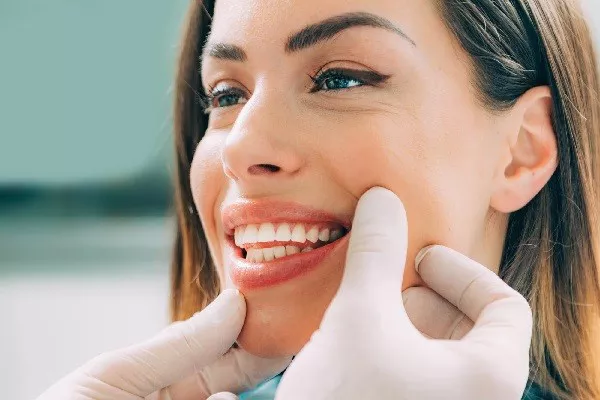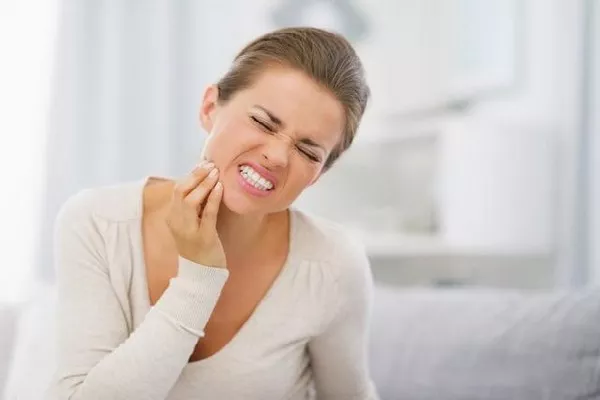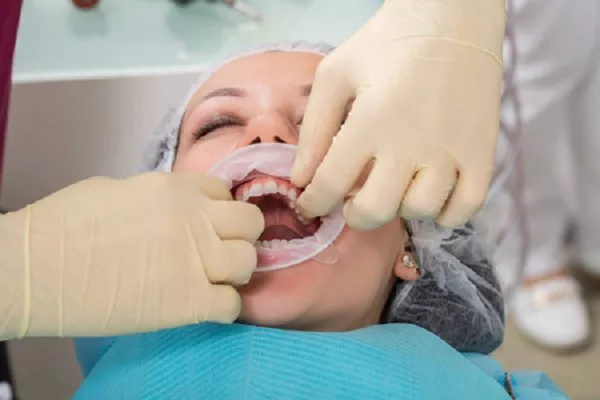In the pursuit of a brighter, whiter smile, many individuals turn to teeth whitening strips as a convenient at-home solution. However, a common question that arises is whether it’s safe to eat immediately after using whitening strips. In this comprehensive guide, we’ll delve into the intricacies of post-teeth whitening care, addressing the key concerns surrounding this practice. Let’s explore the dos and don’ts to ensure you make the most of your teeth whitening journey.
Understanding the Whitening Process:
Before diving into post-whitening care, it’s crucial to comprehend how whitening strips work. Most whitening strips use hydrogen peroxide or carbamide peroxide to break down stains on the surface of teeth. These active ingredients penetrate the enamel, eliminating discoloration and revealing a brighter smile. It’s this process that raises questions about the impact of eating immediately after application.
a. Activation Time:
Whitening strips typically require a specific activation time for the ingredients to work effectively. It’s recommended to follow the product’s instructions diligently. Most products suggest avoiding food and drinks for at least 30 minutes after using the strips to allow the whitening agents to complete their work.
b. Chemical Sensitivity:
Some individuals may experience temporary tooth sensitivity after using whitening strips. Eating immediately afterward may exacerbate this sensitivity. To mitigate any discomfort, it’s advisable to wait before consuming hot or cold foods.
The Golden Rule: Wait 30 Minutes Before Eating:
One of the most universally acknowledged guidelines for post-teeth whitening care is to wait at least 30 minutes before eating. This timeframe allows the whitening agents to effectively interact with the teeth, maximizing the desired results. While it might be tempting to indulge in your favorite snacks right away, exercising patience during this crucial window can significantly enhance the overall effectiveness of the whitening process.
a. Hydration:
During this waiting period, it’s essential to stay hydrated by drinking water. Water helps rinse away any residual whitening gel and promotes oral health. It’s a simple yet effective step that complements the teeth whitening process.
b. Avoid Staining Foods:
Once the waiting period is over, it’s wise to steer clear of foods and beverages that are known to stain teeth. Coffee, tea, red wine, and dark-colored berries can counteract the whitening effects, so it’s best to consume them in moderation.
Post-Whitening Oral Care Routine:
Optimizing your oral care routine after using whitening strips is integral to maintaining a bright smile. Beyond the initial waiting period, consider incorporating the following practices into your daily routine.
a. Regular Brushing:
Brushing your teeth twice a day with a whitening toothpaste can help maintain the results of the whitening treatment. Look for toothpaste with enamel-strengthening ingredients and mild abrasives to support ongoing oral health.
b. Flossing:
Don’t underestimate the power of flossing. Regular flossing removes plaque and prevents stains from settling between teeth. This, in turn, contributes to the longevity of your teeth whitening results.
c. Professional Cleanings:
Schedule regular dental cleanings to remove any stubborn stains and ensure the overall health of your teeth and gums. Professional cleanings complement at-home whitening efforts, offering a comprehensive approach to oral care.
Debunking Common Myths:
As with any popular beauty practice, myths and misconceptions can circulate. Let’s address a couple of common myths related to eating after using whitening strips.
a. Myth: Eating Immediately Ruins the Results:
Contrary to popular belief, eating immediately after using whitening strips doesn’t necessarily ruin the results. However, adhering to the recommended waiting period ensures that you maximize the effectiveness of the treatment.
b. Myth: Whitening Strips Damage Enamel:
When used according to the instructions, reputable whitening strips are generally safe and do not harm enamel. It’s essential to choose products from reputable brands and follow the guidelines to avoid potential issues.
Conclusion:
In conclusion, the question of whether you can eat right after using whitening strips is not a simple yes or no. Patience is key, and waiting at least 30 minutes post-application is a universally recommended practice. Incorporating a thoughtful post-whitening oral care routine further enhances the results and maintains the longevity of your brighter smile. By understanding the whitening process, following recommended guidelines, and dispelling common myths, you can confidently navigate the post-teeth whitening period with the assurance that you’re taking optimal care of your oral health.
Related Links:
Should you rinse out your mouth after using whitening strips?
What teeth whitening method works best?
Why are teeth whitening strips so expensive






























